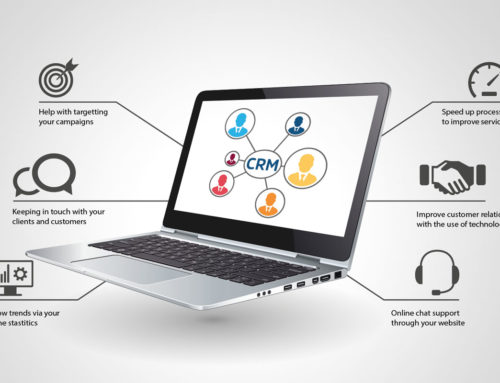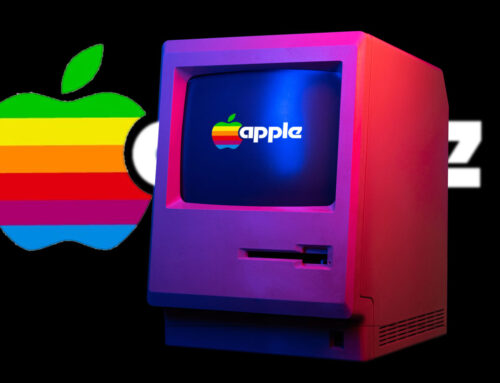This page automatically updates with the last 30 days users’ screen size and web browser history using Clicky Web Stats.
There is none! It’s impossible to design a website to look the same in every browser, platform and screen resolution, so don’t bother trying. Instead, use a fluid, tableless layout for your design, with % widths that expand and contract to fit a visitors browser setting. Consider – design for 1024×768 setting and ensure it contracts properly, or ‘transforms gracefully’, to the 800×600 setting.
(In 2009 most visitors on this site at least were using 1024 x 768, 1280 x 800, 1280 x 1024, 1680 x 1050 and 1440 x 900 screen sizes. 1024 x 768 was still the most popular screen resolution in 2009. Interestingly, only 653 visitors (1.16%) used 800×600 screen size.)
You won’t please everybody. It’s important to identify your audience, and build your website (on the whole) to suit that audience. We prefer a liquid layout on the Hobo site. Some may not.
We’ve been saying this for ages, and recently Jakob Nielsen stated:
Jakob Nielsen – What Is The Best Screen Size
Web Design For Dummies BookYour pages should work at any resolution, from 800×600 to 1280×1024 and beyond.
Optimize for 1024×768, which is currently the most widely used screen size. Of course, the general guideline is to optimize for your target audience’s most common resolution, so the size will change in the future. It might even be a different size now, if, say, you’re designing an intranet for a company that gives all employees big monitors.
Do not design solely for a specific monitor size because screen sizes vary among users. Window size variability is even greater, since users don’t always maximize their browsers (especially if they have large screens).
Use a liquid layout that stretches to the current user’s window size (that is, avoid frozen layouts that are always the same size).
Optimizing for 1024×768 Screen Sizes
When we say “optimize” we mean that your page should look and work the best at the most common size. It should still look good and work well at other sizes, which is why I recommend a liquid layout using percentage widths to control layout. But it should be its best at 1024×768.
The three main criteria in optimizing a page layout for a certain screen size are:
Web Page Initial visibility: Is all key information visible above the fold so users can see it without scrolling? This is a tradeoff between how many items are shown vs. how much detail is displayed for each item.
Web Page Readability: How easy is it to read the text in various columns, given their allocated width?
Web Page Aesthetics: How good does your page look when the elements are at the proper size and location for this screen size? Do all the elements line up correctly — that is, are captions immediately next to the photos, etc.?
You should also consider all three criteria at the full range of sizes, continuously resizing the browser window from 800×600 to 1280×1024. Your page should score high on all criteria throughout the entire resolution range.
Your page should also work at even smaller and bigger sizes, though such extremes are less important. Fewer than half a percent of users still have 640×480. Although such users should certainly be able to access your site, giving them a less-than-great design is an acceptable compromise.
As the first criterion implies, scrolling is always a key consideration. Users generally don’t like to scroll. So, when you design, you should consider how much users can see if they scroll only a screen full or two. Any more than five screen full’s should be an indication to you that there is two much copy on the page.
Both scrolling and initial visibility obviously depend on screen size: Bigger screens show more content above the fold and require less scrolling. This is where you have to optimize for 1024×768: present your most compelling material above the fold at this resolution (while ensuring that the absolutely critical information remains visible at 800×600).
So, what about tiny screens, such as those found on mobile devices? A liquid design should scale all the way down to a phone, but don’t assume that this is how you should deliver your company’s mobile user experience. Mobile environments are special; to optimize for them, you must design a separate service that provides fewer features, is written even more concisely, and is more context aware.
Remember to build a website to the size you expect most visitors to be using – some research can help you with this, but always aim to please the visitors you seem to attract!
What browsers and screen sizes should you design for?
SIMPLE TIP – Consider using Google Analytics or as I do, Clicky, to see what browsers and screen sizes YOUR visitors are using to access your site, and consider designing your new website for the most common.





